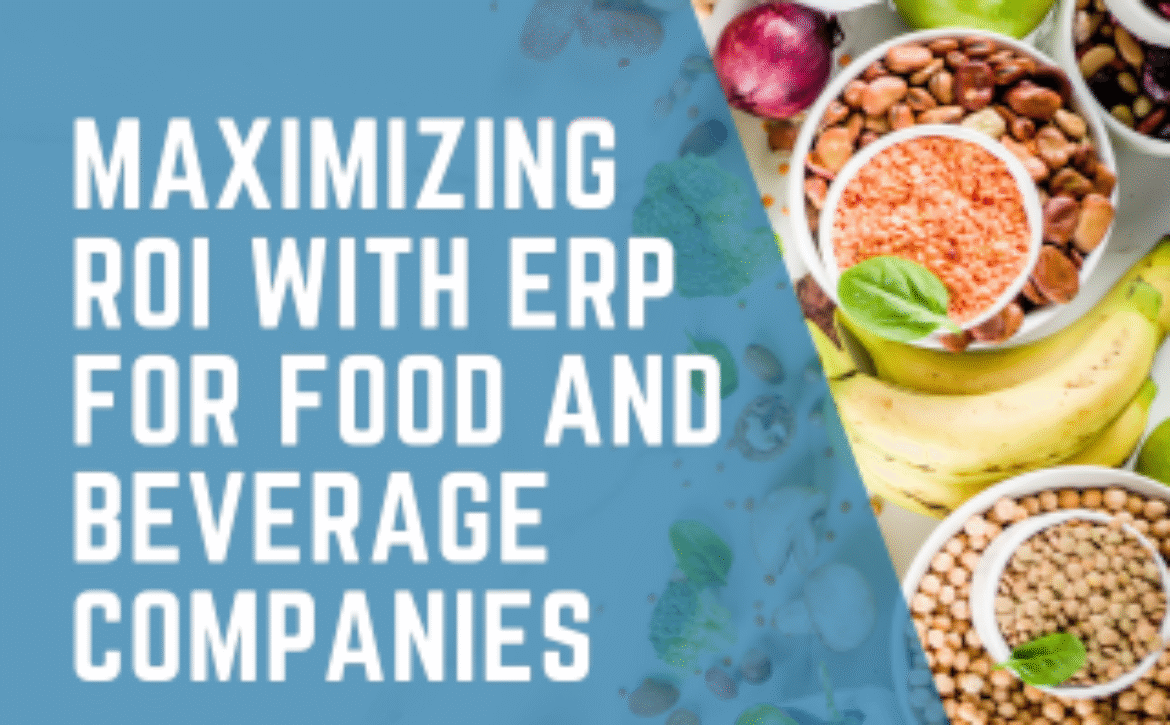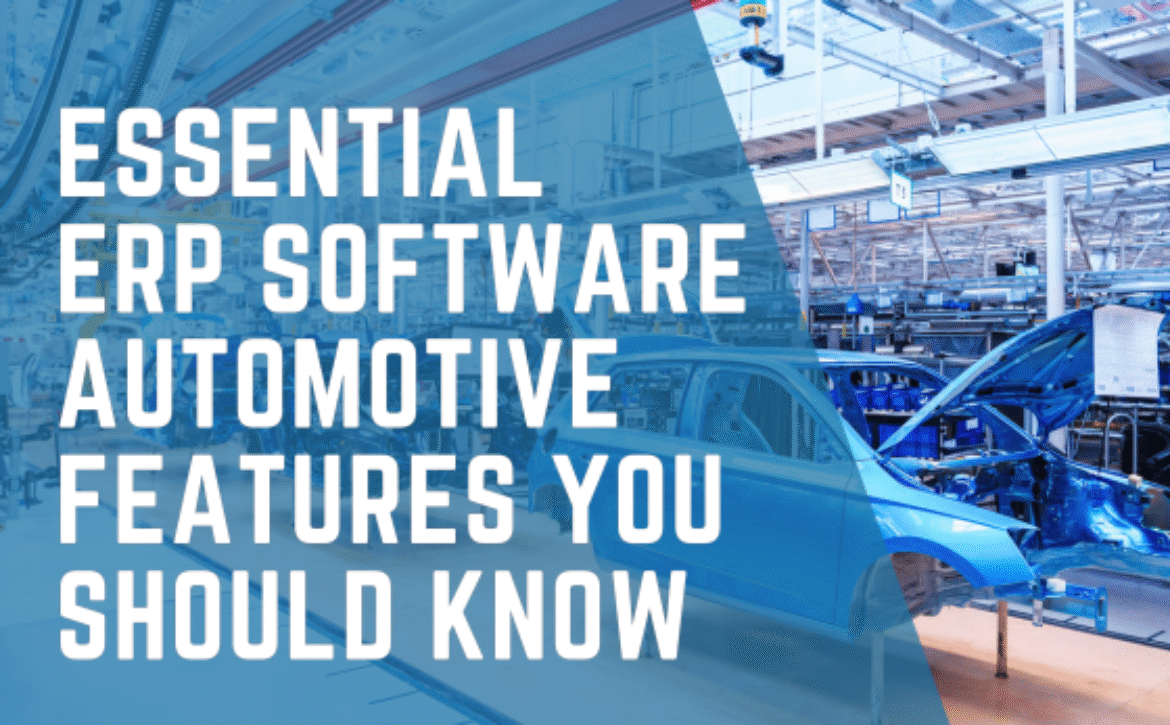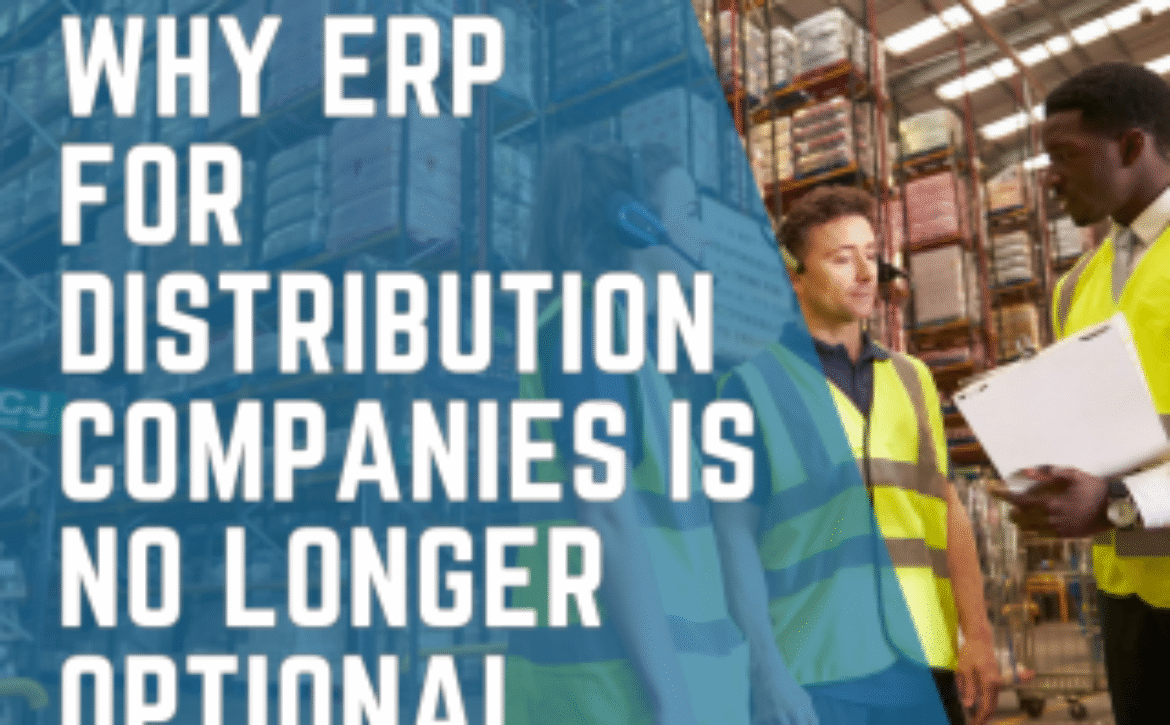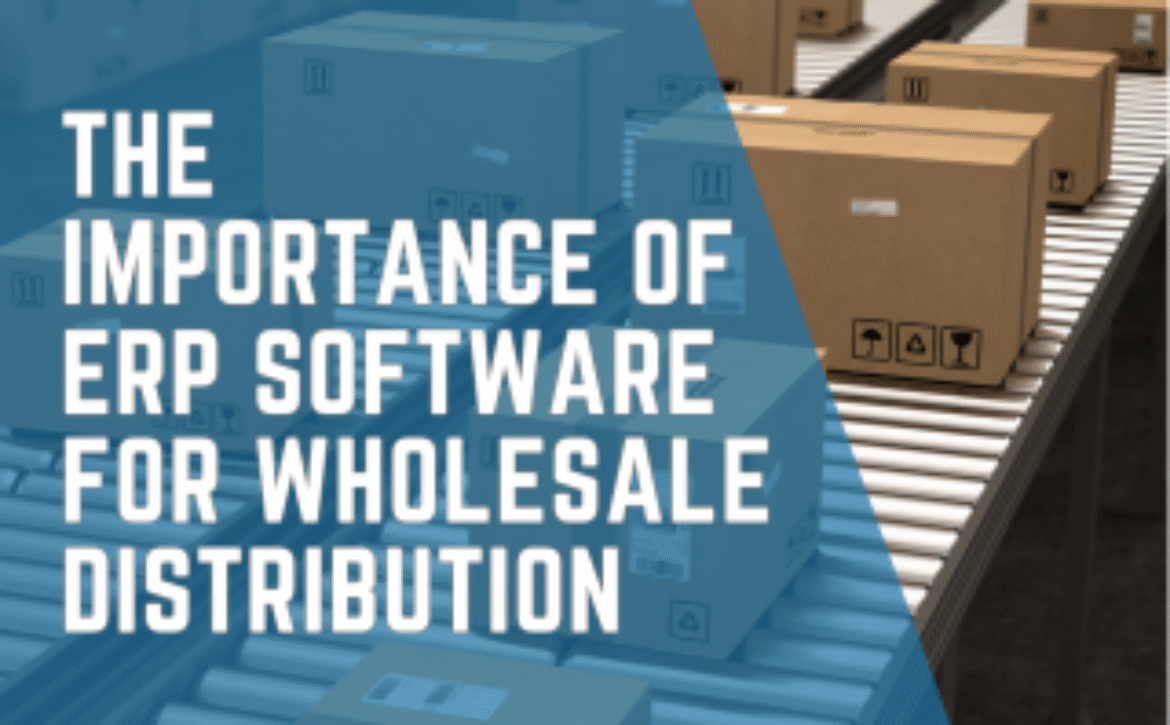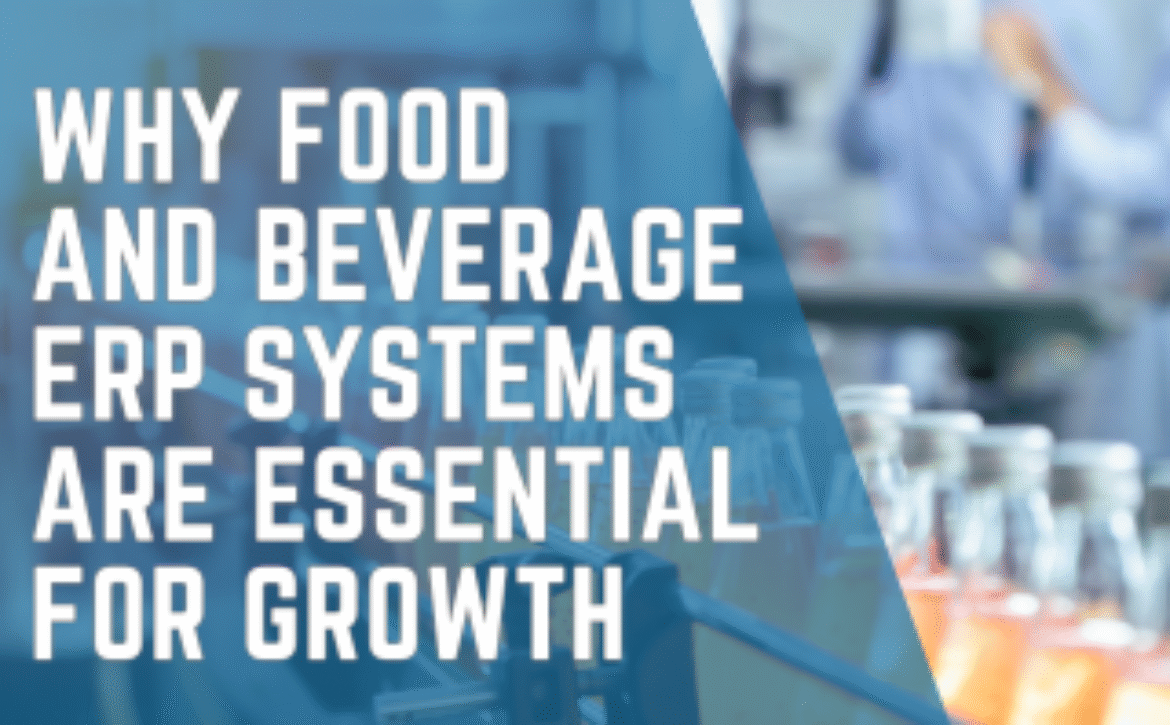Maximizing ROI with ERP for Food and Beverage Companies
In today’s highly competitive food and beverage landscape, companies face increasing pressure to manage complex supply chains, comply with stringent regulations, control costs, and satisfy ever-evolving customer expectations. For CEOs and CFOs, these challenges demand a strategic approach to technology—one that delivers not only operational efficiency but also measurable return on investment (ROI). Implementing the right ERP for Food and Beverage Companies is critical to meeting these demands and gaining a competitive edge.
Enterprise Resource Planning (ERP) systems have evolved from simple accounting tools to comprehensive business platforms that integrate every aspect of operations. Among them, Sage X3 and Acumatica stand out for their tailored capabilities designed specifically for the food and beverage sector.
This article explores how investing in the right ERP system can transform your business, unlocking real ROI through improved visibility, compliance, cost control, and scalability.
The Unique Challenges of the Food and Beverage Industry
Food and beverage companies must manage:
-
Perishable inventory with a short shelf life
-
Batch and lot traceability requirements for recalls
-
Strict compliance with food safety regulations like the FDA, CFIA, HACCP, and FSMA
-
Complex supply chains with multi-site sourcing and distribution
-
Volatile raw material costs and seasonal demand fluctuations
-
Stringent quality control and allergen management
-
Increasing consumer demand for transparency and sustainability
Legacy systems and spreadsheets simply can’t provide the agility, data accuracy, and process integration needed to succeed in this environment.
How ERP Drives ROI for Food and Beverage Companies
ERP systems deliver ROI by transforming scattered, manual processes into connected, automated workflows—empowering leaders to make data-driven decisions. The main ROI drivers include:
| ROI Driver | How ERP Delivers |
|---|---|
| Reduced Operational Costs | Automates manual tasks, lowers labor hours, reduces waste |
| Improved Inventory Management | Real-time tracking avoids spoilage and overstocking |
| Regulatory Compliance | Built-in audit trails, recall management, allergen tracking |
| Enhanced Production Efficiency | Optimizes batch production, reduces downtime |
| Better Demand Forecasting | Data-driven planning reduces stockouts and rush orders |
| Increased Customer Satisfaction | Accurate orders and faster fulfillment improve loyalty |
Why Sage X3 is a Top Choice for Complex Food and Beverage Operations
Sage X3 is an enterprise-grade ERP platform designed to handle the intricate needs of food and beverage manufacturers and distributors.
Key Features and Benefits:
-
Advanced Traceability: End-to-end lot and batch tracking ensure compliance and enable quick recalls, protecting brand reputation.
-
Recipe and Formula Management: Manage multiple versions of products, optimize ingredient usage, and control costs.
-
Multi-Site and Global Support: Manage multiple facilities, currencies, and regulations within a single system.
-
Quality Control Integration: Automate quality checks, allergen controls, and compliance documentation.
-
Real-Time Financial Insight: Comprehensive cost accounting, budget management, and forecasting capabilities.
-
Scalable Deployment: Flexible cloud or on-premises options that grow with your business.
Sage X3 is ideal for medium to large companies seeking deep industry functionality, robust financial controls, and scalability.
Acumatica: Agile Cloud ERP for Growing Food and Beverage Businesses
Acumatica offers a cloud-native ERP designed for agility and connectivity, particularly suited for fast-growing or mid-market companies.
Why Acumatica Appeals to Food and Beverage Firms:
-
Cloud Accessibility: Remote and mobile teams access the system anytime, anywhere via browser or mobile app.
-
Integrated Modules: Connects finance, distribution, manufacturing, CRM, and inventory on a single platform.
-
Industry-Specific Features: Recipe management, shelf-life control, allergen tracking, and recall readiness.
-
Flexible Pricing Model: Usage-based licensing scales with company growth, lowering entry costs.
-
Open API Ecosystem: Seamlessly integrates with eCommerce, logistics, and third-party applications.
-
User-Friendly Interface: Intuitive design accelerates adoption across departments.
Acumatica empowers companies to innovate rapidly without the limitations of traditional ERP licensing and infrastructure.
Comparing Sage X3 and Acumatica: Which ERP Fits Your Business?
| Feature | Sage X3 | Acumatica |
|---|---|---|
| Deployment | Cloud or On-Premises | Cloud-native only |
| Best For | Medium to Large Enterprises | Small to Mid-Market Growing Companies |
| Compliance | Extensive industry-specific controls | Strong QA and traceability tools |
| Financial Management | Comprehensive multi-entity support | Flexible, intuitive financials |
| Customization | Highly customizable | Flexible with open API |
| User Experience | Robust, powerful dashboards | Modern, mobile-friendly UI |
Your choice depends on factors like company size, operational complexity, IT resources, and growth strategy.
Real-World Impact: Measurable ROI Stories
-
A mid-sized beverage producer reduced inventory carrying costs by 25% within the first year by leveraging Sage X3’s batch tracking and real-time stock visibility.
-
A specialty snack brand using Acumatica cut order processing time by 30%, improving customer satisfaction and speeding revenue recognition.
-
Both companies saw faster regulatory audits and reduced risk of costly recalls thanks to automated compliance documentation.
Visualizing ERP Impact
| Business Challenge | Without ERP | With Sage X3 or Acumatica |
|---|---|---|
| Manual inventory tracking | Time-consuming, error-prone | Real-time visibility, alerts |
| Compliance management | Stressful audits, paperwork overload | Automated audit trails, peace of mind |
| Production bottlenecks | Unpredictable downtime | Optimized scheduling and workflows |
| Financial visibility | Fragmented reports | Integrated dashboards, forecasts |
| Customer order fulfillment | Delays, inaccuracies | Accurate, on-time deliveries |
ERP as a Growth Catalyst
ERP systems like Sage X3 and Acumatica are not just tools—they are transformative solutions that enable food and beverage companies to reduce costs, improve compliance, enhance customer satisfaction, and scale efficiently.
For CEOs and CFOs ready to maximize their return on investment, partnering with the right ERP and the right consulting group is essential. With IWI Consulting Group’s expertise, your business can unlock the full potential of ERP—turning complexity into a competitive advantage.
Partnering with IWI Consulting Group: Your Path to Success
Selecting the right ERP platform is just the beginning. Without expert guidance, implementations can stall or fail to deliver expected benefits.
IWI Consulting Group specializes in delivering successful Sage X3 and Acumatica implementations tailored to the food and beverage industry’s unique needs. Our experienced team ensures:
-
Thorough business process analysis
-
Seamless deployment with minimal disruption
-
Customized training for all user levels
-
Ongoing support and optimization
We focus on aligning technology with your strategic goals to maximize ROI.






